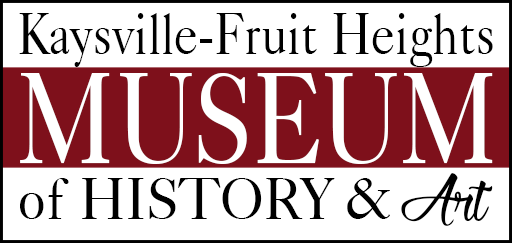Robert William Allen
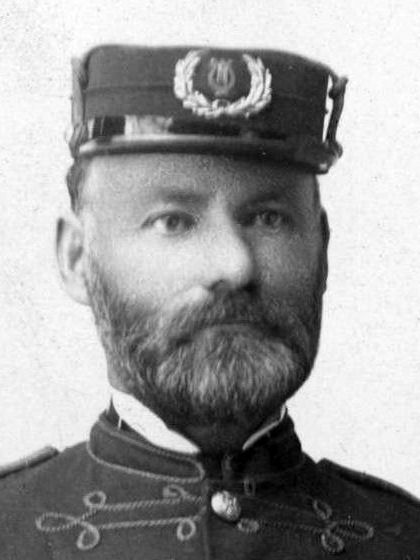
1839-1928 Architect and Musician
William Allen was an early 20th century Utah architect whose office was a small studio behind his Kaysville home. He emigrated from England at age 13 and for reasons unknown apparently on is own. The ship’s passenger list records his age as 15 so he may have looked somewhat older. He left on the sailing ship William Tapscott from the port of Liverpool on May 14, 1862 and arriving in New York City.
The mostly LDS passengers went on to Utah, he with the Henry W. Miller Company departed from Nebraska in August of that same year. William stayed in Kaysville boarding in the Booth home. Here he met a young widow, Mary Booth Sims, to whom he was later married. To the two children Mary brought to the union were added their own seven children. William’s mother having died in England, his father, stepmother and three siblings and a half-sibling left England in 1864.
William was a man of many skills. During his early life in Davis County, he was employed as a farm hand, but by the age of 16 he began to learn the masonry trade. With musical abilities and practice, he joined the Kaysville Brass Band that year also and played the coronet. A member of the band in 1869, he 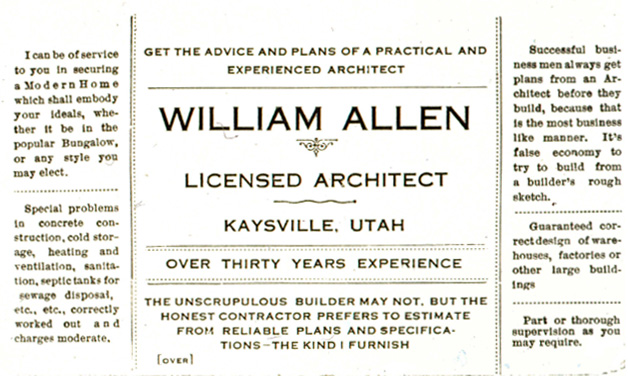 would have been with the group as they rode on the first train to exit Weber Canyon on its way to Promontory. The leader of the band was Joseph Barton, husband of his sister, Mary Ann. William later took up the violin, playing his own musical compositions.
would have been with the group as they rode on the first train to exit Weber Canyon on its way to Promontory. The leader of the band was Joseph Barton, husband of his sister, Mary Ann. William later took up the violin, playing his own musical compositions.
By following the occupation of his father, he was working as a brick mason by 22 years old. In his later years, he contributed to a patent application, creating with partners Frank Layton and R. W. Barnes a model for a piece of farm machinery.
While William began his career as a brick mason, he began studies by letter from the International Correspondence Schools based in Pennsylvania. After completing nine of the twelve required courses, he was able to work as a builder while continuing his education and eventually received his license. An excellent student, he received high grades in mathematics, planning, and specifications. Throughout his career he continued to study books and courses to improve and keep up-to-date. In 1899, the Davis County 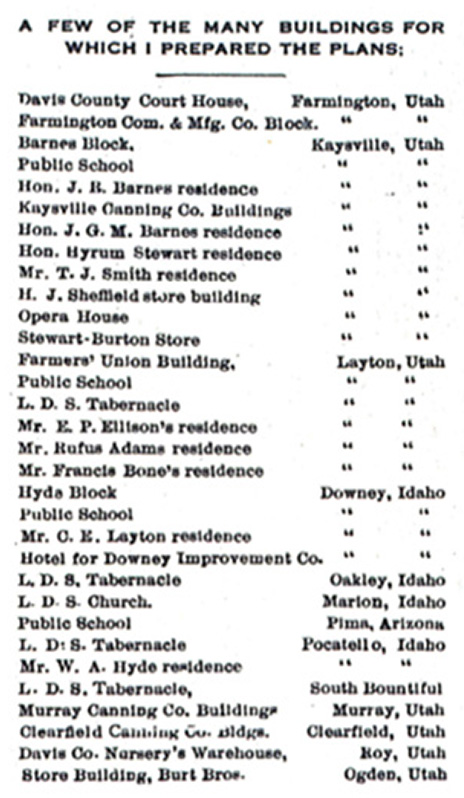 Clipper reported: “Our architect, William Allen, recently won some more laurels on account of his scientific knowledge of architectural engineering. He answered correctly every question given in a building inspector’s examination, which one practical builder said there was no man in any state who could answer all of them correctly.”
Clipper reported: “Our architect, William Allen, recently won some more laurels on account of his scientific knowledge of architectural engineering. He answered correctly every question given in a building inspector’s examination, which one practical builder said there was no man in any state who could answer all of them correctly.”
His career as an architect and builder began in the 1880s and continued for four decades. His professional life evolved from brick mason to contractor and eventually architect whose designs survived the test of time. “He is still remembered in the Davis County communities of Kaysville and Layton not only for his architecture, a great deal of which still survives, but also for his irascible personality1“. As a designer, his documented works number 100, several of which are on the National Register of Historic Places.
In 1870, William and Mary acquired property at 8 North 300 East in Kaysville. There William built a home for his family. A small brick building in the rear of the lot served as a studio where he drafted his building plans. “People who lived in the area recalled him sitting in his studio while playing a violin2”.
For the International Correspondence School’s exhibit at the World’s Fair, William was asked to submit some of his plans. He was described as a “self-made perfectionist. He couldn’t abide shoddy work3.” Sometimes critical of other architect’s work, his temperament was perhaps exacerbated by a hearing loss.
William Allen died on October 14, 1928, just a few years after his wife. They are both buried in the Kaysville Cemetery. In his obituary it was noted that he “understood architecture thoroughly, understanding the strength of materials – wood, iron and concrete,” and that many of his buildings will “last for many generations.”
Sources
- “Sketch of William Allen“. Daughters of Utah Pioneers, Phillips Camp Biographies.
- “William Robert Allen, Local Architect 1848-1928“. Heritage Museum of Layton.
Citations
- “William Allen, Architect-Builder, and His Contribution to the Built Environment of Davis County“, by Peter L. Goss. Utah Historical Quarterly, Volume 54; 1986.
- “Brief Life History of William Robert Allen” posted to FamilySearch.org by Bryce Nelson. January 12, 2018.
- “Kaysville Architect Remembered.” Our Kaysville Story Facebook post by Bill Sanders, February 21, 2021.
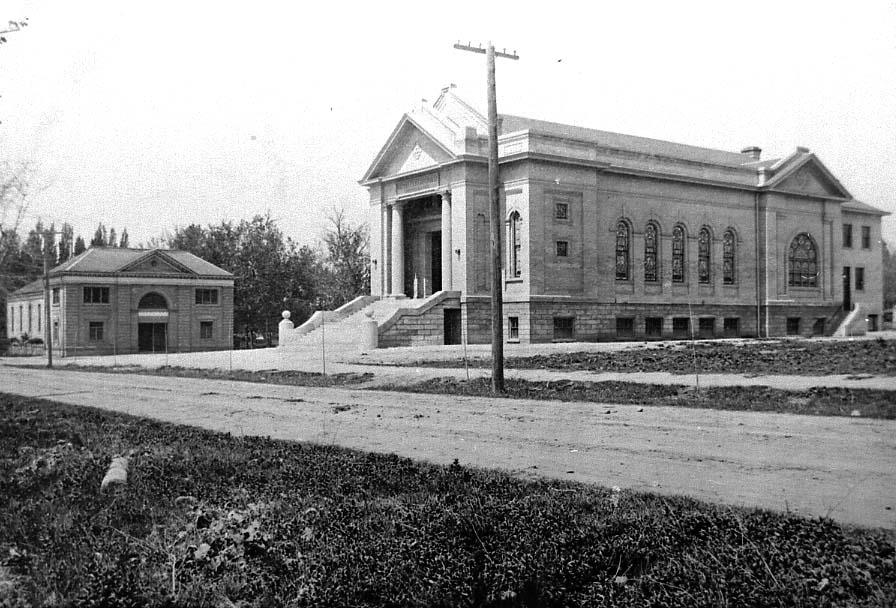
Kaysville Tabernacle designed by William Robert Allen
